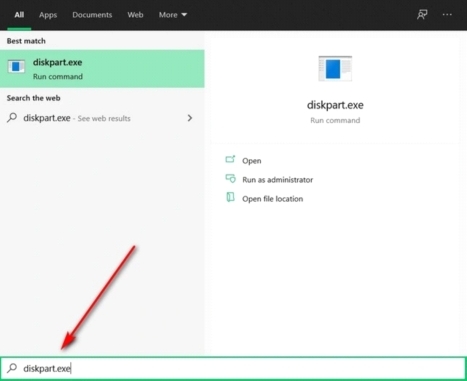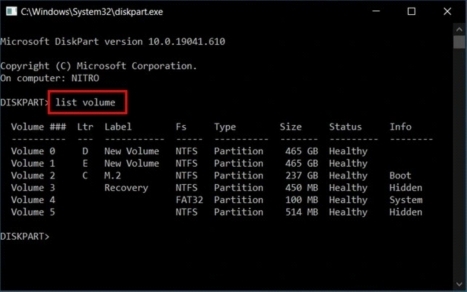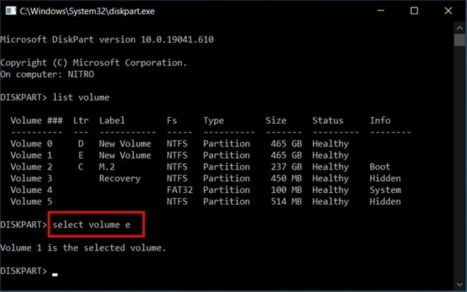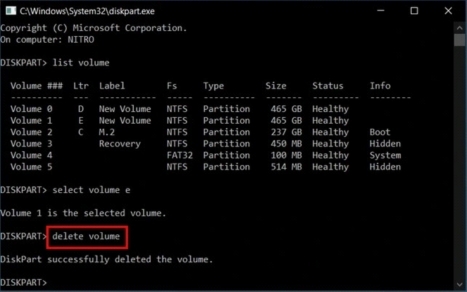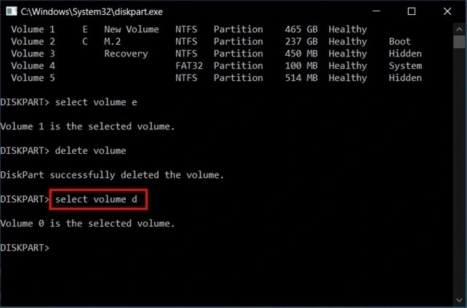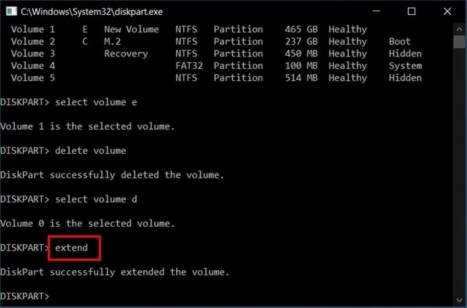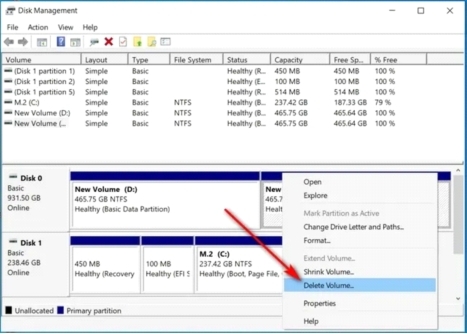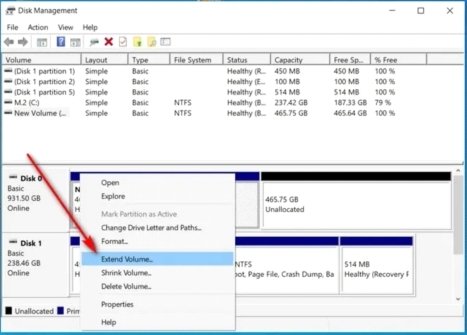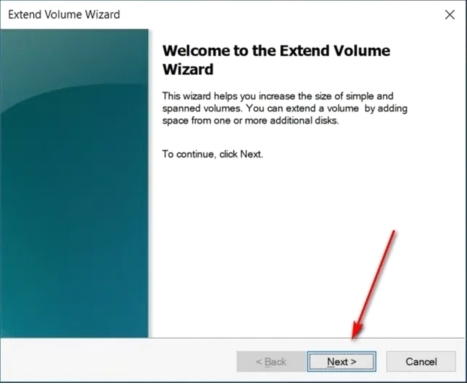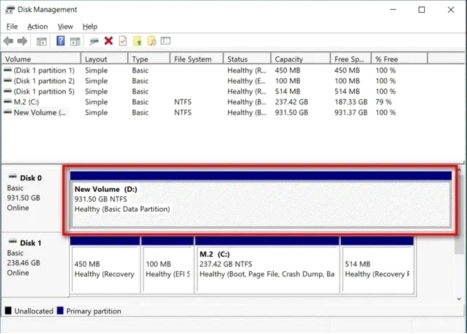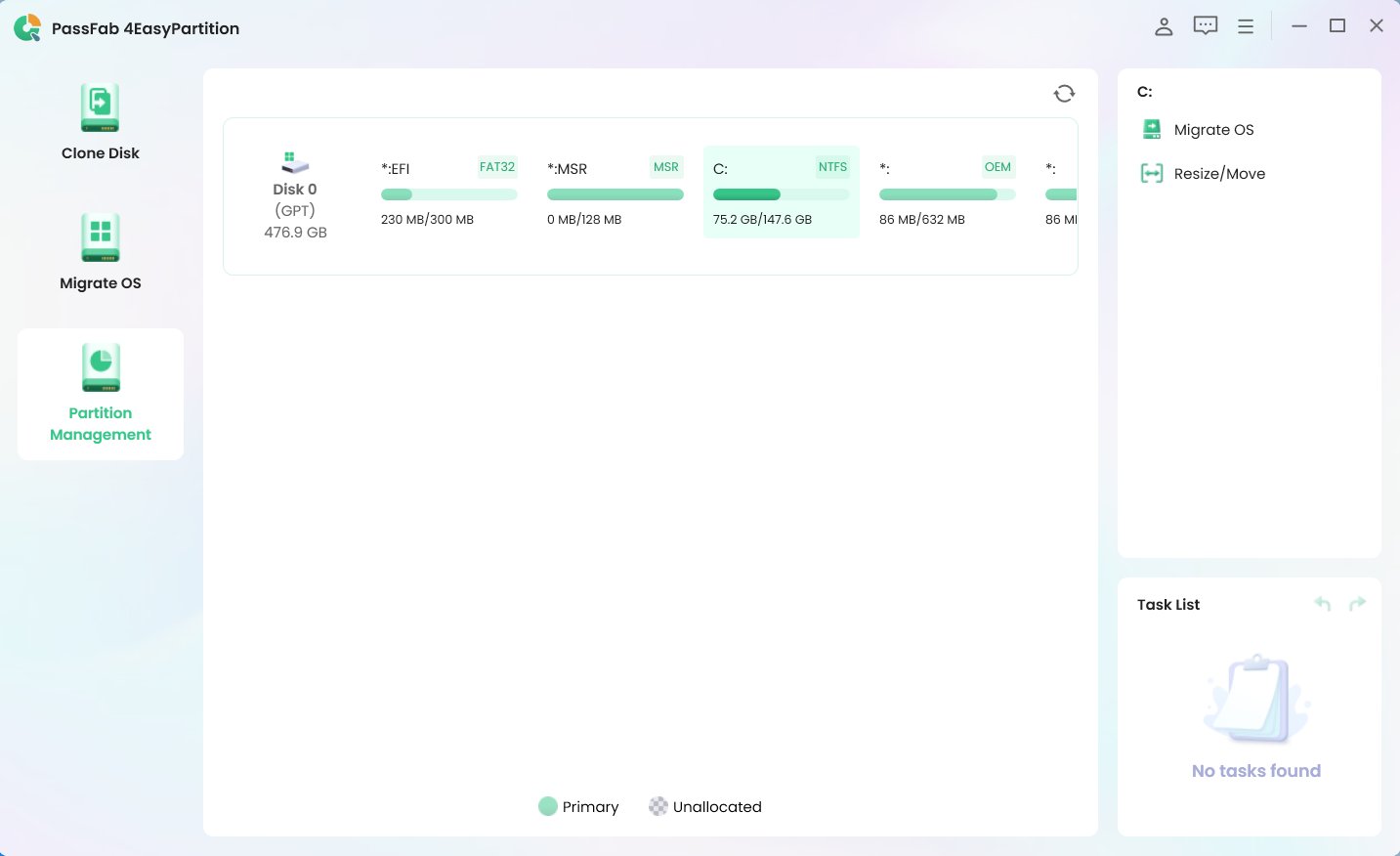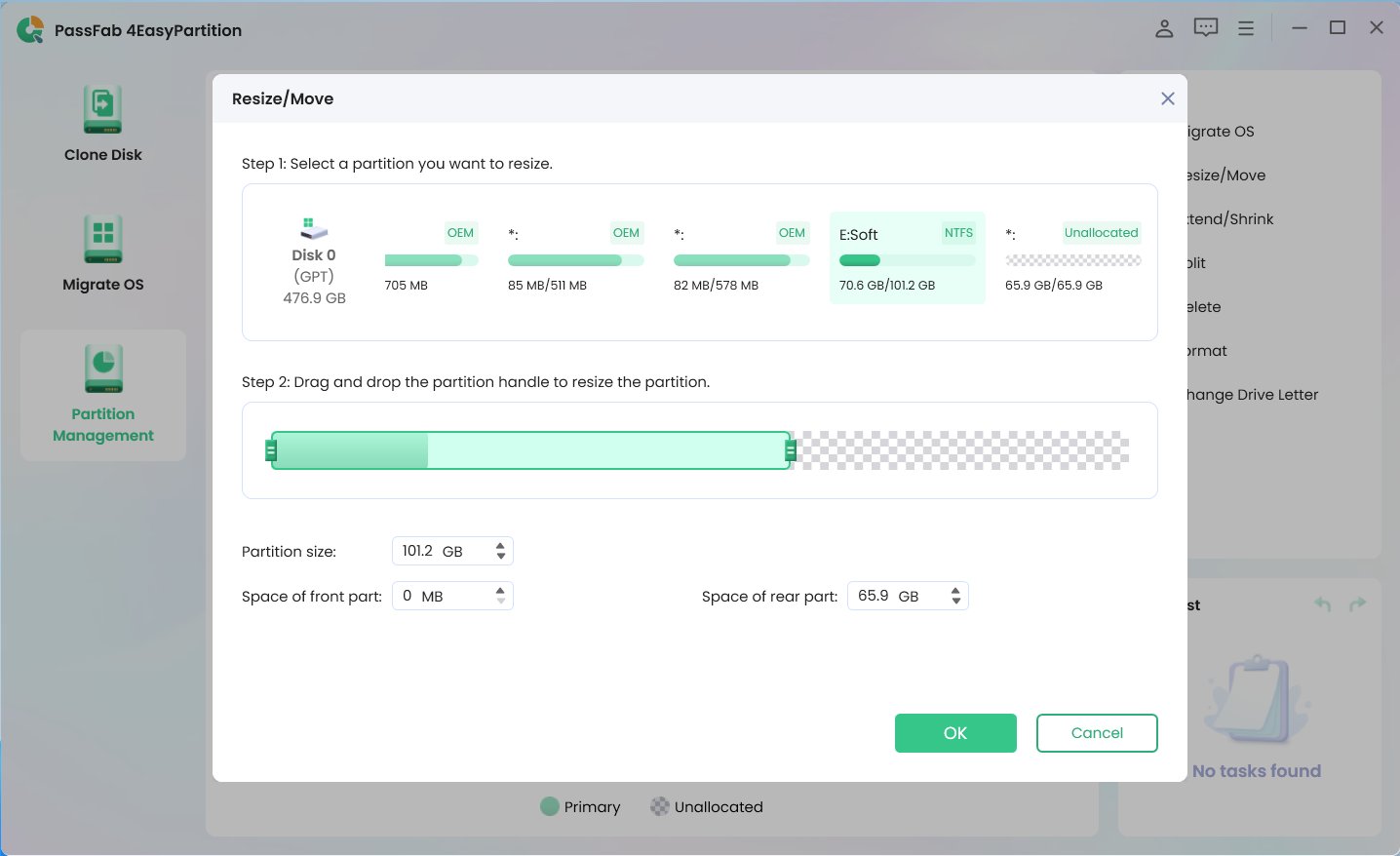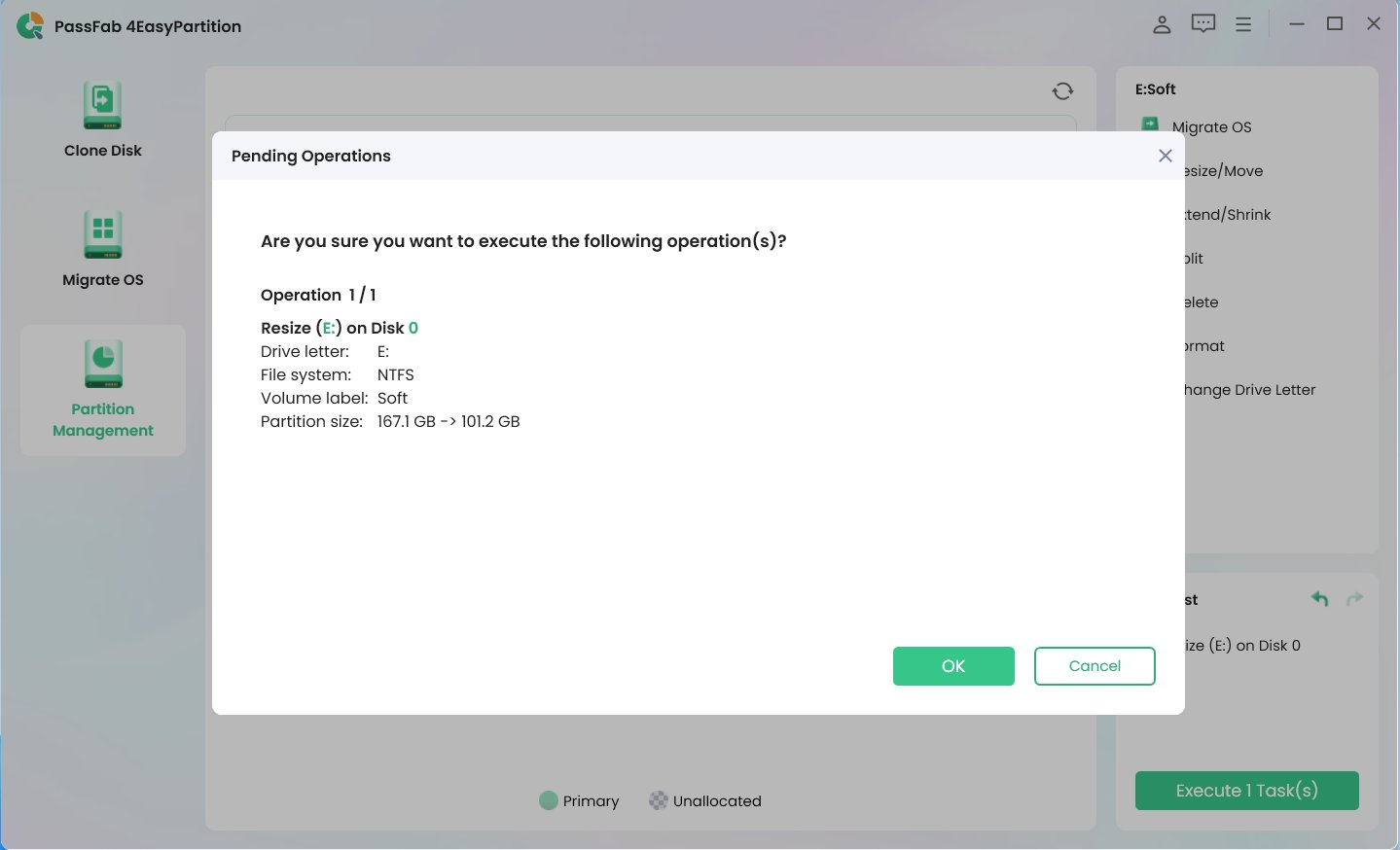Do you want to merge the partitions on your Windows 10 or Windows 11 computer? We will lead you through the procedure of smoothly merging partitions in this comprehensive, step-by-step explanation. We have the answers for you, whether you wish to merge adjacent to partitions or a system partition with free space.
Learn how to merge partitions Windows 10 without losing any data using a variety of methods such as reputable third-party software or built-in disc management tools. You can make the most of your storage capacity and streamline disk management on your Windows 10/11 operating system with our professional advice. Let's get started and join partitions quickly!
Part 1: Why merge partitions in Windows 10/11?
Part 2: How to merge two partitions in Windows 10/11 without data loss?
- 1. Things to Consider Before You Merge Partitions in Windows
- 2. Ways to Merge Partitions in Windows 10/11 With Free Tools
- 3.How to merge partitions windows 10 without losing data
Part 3: Extra Tips: How to Utilize Disk Space Better?
Part 4: Merge Partitions Windows 11/10 Without Losing data FAQs
- Q1: How do I combine all partitions into one?
- Q2: How to merge C partitions Windows 10?
- Q3: How do I combine drive C and D? Is it good to merge C and D drive? Why can't I merge C and D drive?
- Q4: Can I combine partitions without losing data?
- Q5: Alternative security solutions for merging windows 10 partitions?
- Q6: Does deleting a partition erase data?
Conclusion
Part 1. Why merge partitions in Windows 10/11?
In Windows 10/11, merging partitions may be advantageous in several ways, making it a helpful disk management method. The following are some main justifications for considering partition merging:
Optimizing Disk Space
You may combine the available space from several partitions into one, bigger partition by combining them.
Simplified File Organization
Merging partitions reduces the need to maintain several partitions independently.
Enhanced System Performance
In some situations, combining partitions can improve system performance by enabling faster data access.
Flexibility for System Upgrades
Merging partitions can provide you the space and flexibility you need to install big applications or carry out system upgrades when you only have a small amount of capacity on one partition.
Part 2. How to merge two partitions in Windows 10/11 without data loss?
1. Things to Consider Before You Merge Partitions in Windows
Consider the following before combining partitions in Windows 10:
Check the Content of a Partition Examine each partition to see whether any of them contains the operating system or other crucial system files that shouldn't be combined.
Verify Adjacent Unallocated AreaVerify that the destination partition and the unallocated area you wish to combine are adjacent. If not, you might need to employ specialized software or reorganize your partitions.
Make sure the file system is compatibleMake sure the partitions you want to combine have compatible file systems. Adding extra procedures or using third-party software may be necessary to merge partitions with various file systems.
Consider the Need for Disk SpaceVerify that there is adequate free space on the destination partition for the combined partitions. Inadequate storage might result in incomplete mergers or even data loss.
2. Ways to Merge Partitions in Windows 10/11 With Free Tools
Looking for free tools on how to merge unallocated space windows 10 or 11? Here's a quick fix:
Solution 1: Merge partitions using diskpart command
-
Press the "Windows" key and enter "Command Prompt". Type diskpart into the Command Prompt window and hit Enter. This will launch the command-line tool DiskPart.

-
To examine a list of the volumes and partitions on your disc, type list volume and hit Enter. Make a note of the partitions' volume numbers that you want to combine.

-
Type choose volume X and click Enter. You should replace X with the volume number of the first partition you wish to combine.

Enter the command delete volume. The chosen partition will be removed as a result.

Once every partition has been deleted type select disc X (where X stands for the disk's name) and hit Enter.

Enter the command create partition primary. By doing this, a new primary partition will be made up of the space used by the removed partitions.
Type assign letter=X and hit Enter. Replace X with the drive letter you want for the combined partition. The merged partition will receive a drive letter as a result. Enter the command exit to close the DiskPart tool.

Solution 2: Merge partitions using Disk Management
-
Type "Disk Management" after pressing the "Windows" key. To launch the Disc Management tool, click.
-
Find the partitions you wish to merge in Disk Management. They ought to be close to one another. Select "Delete Volume" from the context menu by right-clicking the first partition. When prompted, affirm the activity. The initial partition will be removed as a result.

-
Select "Extend Volume" by right-clicking on the second partition. The Extend Volume Wizard will then be shown.

To continue, click "Next" in the Extend Volume Wizard. Click "Next" while keeping the volume extension disk's default option.

Check to make sure the whole available space is selected before clicking "Next" on the "Select Discs" page. To finish the procedure, click "Finish".

3. How to merge partitions windows 10 without losing data
How to merge partitions use PassFab 4EasyPartition a flexible and user-friendly application that is third-party software made for Windows 10 disk partition management. When it comes to managing disc partitions in Windows 10, PassFab 4EasyPartition is a trustworthy and effective option.
It is a useful application for both new and seasoned users looking to maximize their disk space and enhance storage management due to its user-friendly design, extensive capabilities, and emphasis on data security.
-
Start PassFab 4EasyPartition on your Windows 10 computer. You need to see a visual depiction of your disk partitions on the main interface. Decide which partitions you wish to merge, and make sure they are close to one another.

-
Click on the first partition you want to merge.

-
Locate and click on the "Resize" or "Resize Partition" option or button. You may do this to change the specified partition size.
In the resizing interface, change the partition's size to consider the space from the neighboring partition(s) you want to merge. Make sure the overall space is big enough to fit both partitions. Click on “Ok” to merge the partitions.

Tips:Shortages to merge two partitions in Windows
Merge Partitions Windows 10 Free there are several limitations to be aware of. There must be no system, boot, recovery, or OEM partitions present, and the partitions must be next to one another. Additionally, there must be enough free space. Using third-party partition management software, such as PassFab 4EasyPartition, if the partitions don't match the requirements.
Part 3. Extra Tips: How to Utilize Disk Space Better?
- Regular disk cleansing is required to get rid of unwanted files.
- Use Windows 10's Storage Sense and other storage optimization tools.
- Move files with infrequent access to external storage or cloud storage.
- Save space on your disk by compressing huge files or directories.
- If not in use, turn off hibernation to free up space.
- For increased storage effectiveness, think about employing RAID setups or Windows Storage Spaces.
- To enhance the performance of your disk, run disk defragmentation.
- To find and manage huge files, use disk space analyzer programs.
Part 4.Merge Partitions Windows 11/10 Without Losing data FAQs
Q1: How do I combine all partitions into one?
Use disk management or partition software to merge the unallocated space from the resized partitions into a single partition.
Q2: How to merge C partitions Windows 10?
Use the built-in disk management tool in Windows 10 to combine the C partitions, or use the disk management tool to resize the partitions and extend one into the other.
Q3: How do I combine drive C and D? Is it good to merge C and D drive? Why can't I merge C and D drive?
Apply partition management software like PassFab 4EasyPartition to shrink and merge drives C and D into a single partition. Combining C and D can streamline file organization and enhance storage management. But before merging, make sure to back up your data.
Q4: Can I combine partitions without losing data?
Yes, partitions may be combined without erasing data. Utilize trustworthy partition management tools that enable merging operations. comparable to PassFab 4EasyPartition It offers a variety of choices, such as resizing partitions to change their sizes, relocating partitions to various places on the disc, and creating new partitions to make the most use of the available space.
Q5: Alternative security solutions for merging windows 10 partitions?
Windows 10 partition merging alternative security options include PassFab 4EasyPartition, which offers reliable as well as safe partition management features.
Q6: Does deleting a partition erase data?
A partition's data is indeed erased when it is deleted. You can use management software to save data when a partition is erased, the file system metadata and data contained inside are lost, rendering the data unrecoverable.
Conclusion
This article covers the topic of how to merge partitions windows 10. PassFab 4EasyPartition is a suggested option for merging partitions in Windows 10/11, which makes the process of merging partitions easier, whether you need to consolidate space or optimize storage structures. This ensures effective disk partition management in Windows 10/11.
